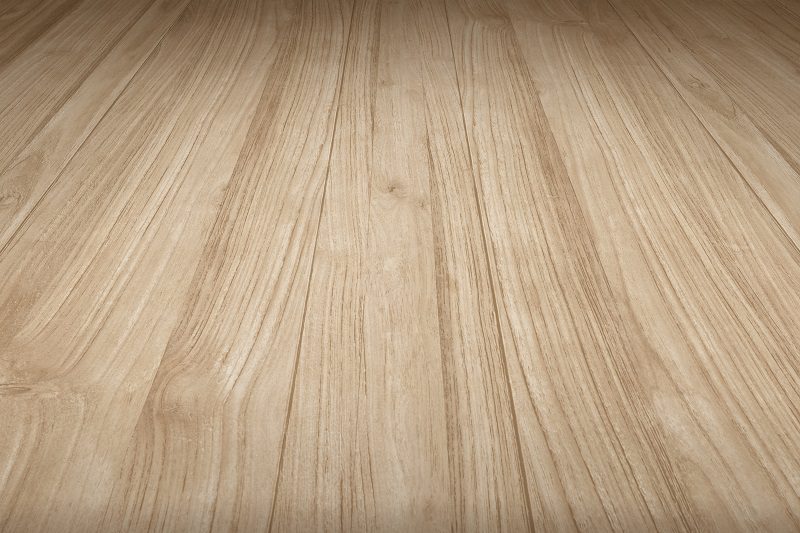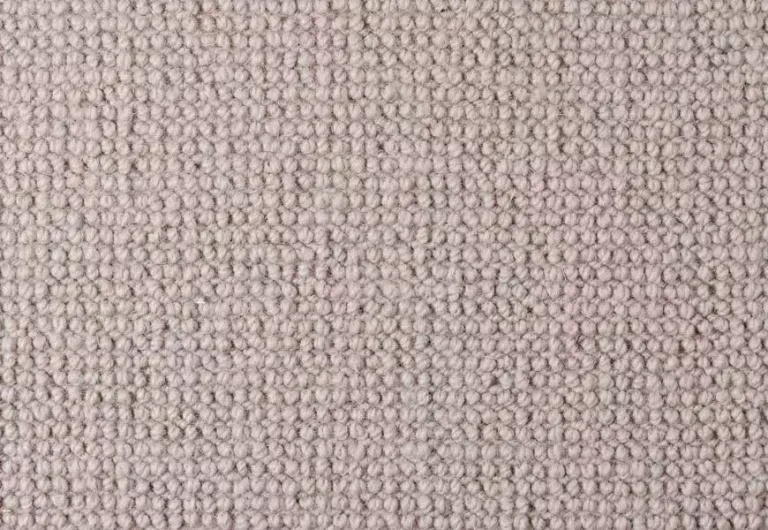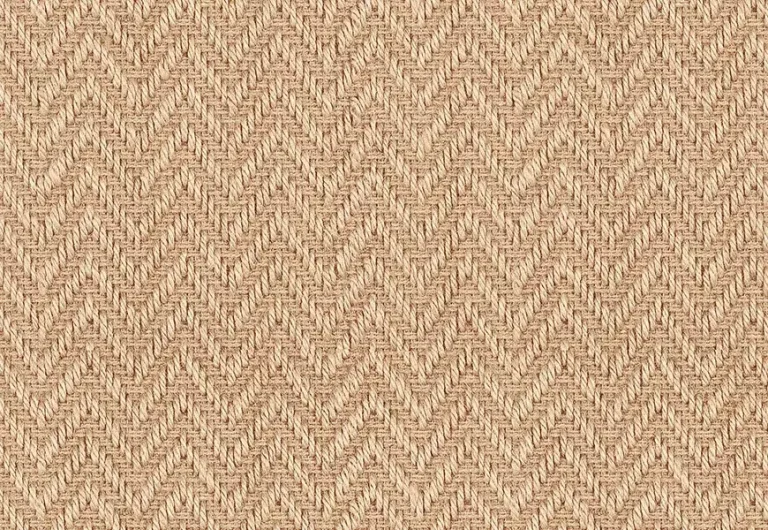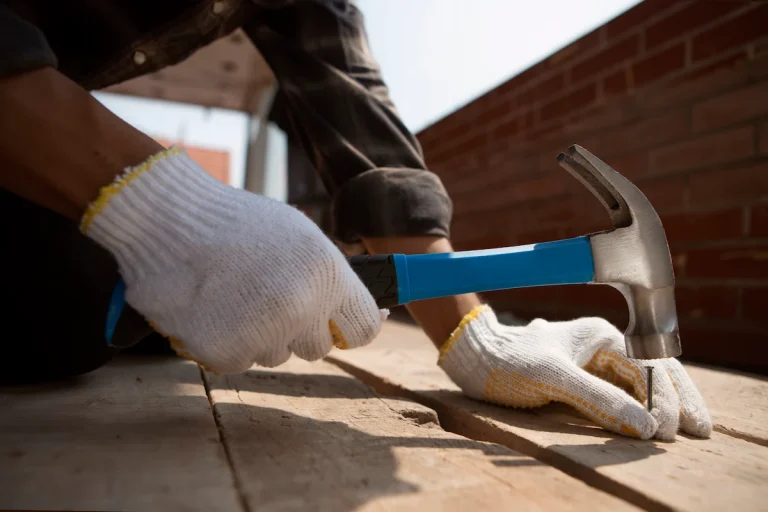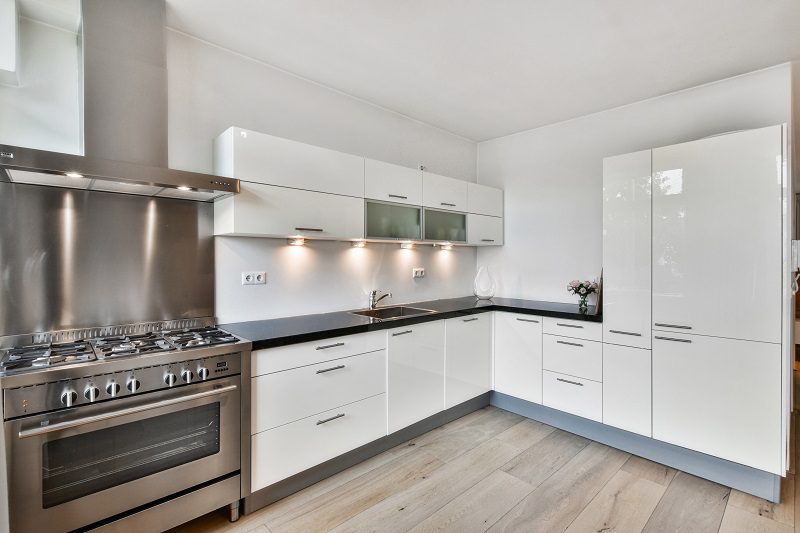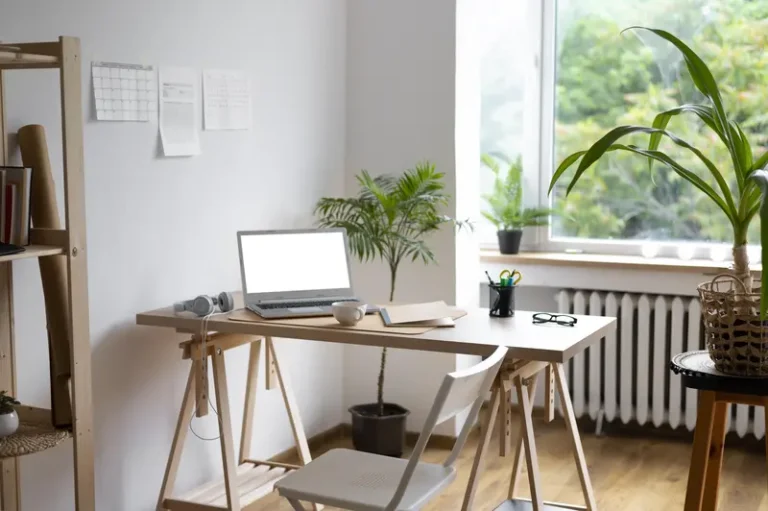Are you tired of hearing your laminate flooring creak every time you walk on it? We will explore the causes of laminate flooring creaking, from improper installation to wear and tear.
Practical solutions on how to fix creaking laminate flooring will be provided, such as identifying the source of the creaking and addressing subfloor issues.
Tips on preventing laminate flooring from creaking in the future will also be shared. Let’s dive in and say goodbye to those annoying creaks!
What Is Laminate Flooring?
Laminate flooring refers to a synthetic flooring product designed to simulate the look of hardwood or stone floors. It typically consists of multiple layers, including a wear layer, a design layer, and a core layer.
Laminate planks are the individual components of laminate flooring, typically made from high-density fibreboard with a photographic layer that mimics the appearance of natural wood or stone. The wear layer, usually made of aluminium oxide, provides durability and scratch resistance, protecting the design layer beneath. Its unique construction makes laminate flooring resistant to moisture, stains, and fading, making it an ideal choice for high-traffic areas like living rooms, kitchens, and hallways. The installation methods for laminate flooring include glueless click-lock systems, allowing for quick and easy assembly without the need for adhesives.
See product: Quick-Step Classic Cocoa Brown Oak
Causes of Laminate Flooring Creaking
Why is laminate flooring noisy? Maybe it’s because of the creaking. Laminate flooring creaking refers to the noise produced when pressure is applied to the floor, often resulting in a squeaking or creaking sound
Then, why do laminate floors creak? Several factors can contribute to the creaking of laminate flooring. These include improper installation, subfloor issues, humidity and moisture levels, and wear and tear over time.
a. Improper Installation
If you are wondering, why your laminate floor is creaking, maybe it’s because of improper installation. This may include incorrect alignment of laminate planks, inadequate acclimatisation before installation, or using substandard installation methods.
Incorrect alignment of laminate planks is a common installation error that can result in creaking due to uneven distribution of weight. Inadequate acclimatisation of the flooring material can cause it to expand or contract after installation, leading to gaps and noises. Substandard installation methods, such as insufficient underlay or improper fastening, can also contribute to creaking problems.
To avoid these issues, it is crucial to follow the manufacturer’s guidelines, properly prepare the subfloor, and use appropriate tools and techniques for a successful installation.
b. Subfloor Issues
Subfloor issues, such as uneven surfaces, gaps, or structural problems, can cause laminate flooring to creak. Loose laminate floorboards or inadequate subfloor preparation are common culprits.
Uneven subfloors create spaces between the floorboards and the subfloor, leading to annoying creaks as you walk across the room. Gaps in the subfloor can also allow for movement, causing the laminate flooring to shift and produce noise. Structural issues in the subfloor, like rotting or warping, can further exacerbate the problem.
To address these issues, thorough subfloor inspection is crucial. Repairing any uneven areas, filling in gaps, and reinforcing weak spots in the subfloor can help stabilise the floor and reduce creaking. Ensuring proper installation of the laminate floorboards, including using appropriate underlay, can prevent future creaks.
c. Humidity and Moisture
Humidity and moisture levels can impact the stability of laminate flooring, resulting in creaking sounds. Utilising lubricants such as WD-40 or PTFE spray proves effective in minimising friction and noise in environments where humidity levels are high.
High levels of humidity can cause laminate flooring to swell, leading to gaps between the planks and creating the potential for creaking. Moisture seeping into the laminate material can also weaken its structure, making it more susceptible to noise.
To manage humidity levels, using a dehumidifier in the room can help maintain an optimal environment for the flooring. Ensuring proper ventilation in areas with high moisture levels can aid in reducing creaking issues. Regularly checking and controlling the indoor humidity levels is crucial for preserving the integrity of laminate flooring.
d. Wear and Tear
Why do laminate floors squeak and creak? Over time, wear and tear on laminate flooring can result in creaking due to loose laminate floorboards, damaged laminate boards, or worn-out floor joints.
This issue not only affects the aesthetics of the flooring but can also lead to safety concerns and further damage if left unattended. The creaking sounds can be disruptive, especially in quiet environments, and can indicate significant underlying structural problems.
To address loose floorboards, consider using specialised construction adhesive to secure them back into place. For damaged boards, you may need to replace them entirely to maintain the integrity of the floor. Regular maintenance and prompt repairs can prolong the lifespan of your laminate flooring and prevent more extensive issues in the future.
How to Stop Laminate Flooring Creaking
Fixing creaking laminate flooring involves identifying the source of the creaking and taking appropriate steps to address it. Common solutions include using floor repairing adhesive (which you can find easily at home improvement stores), tightening loose floorboards, and utilising laminate floor repair kits.
Pinpoint the areas where the laminate flooring is creaking by walking carefully across the surface. Once identified, apply floor repairing adhesive by injecting it into the gaps and crevices underneath the floorboards to secure them. If there are loose floorboards causing the creaking, use a screwdriver to tighten the screws and fasten them securely. Consider using a laminate floor repair kit to fill in any gaps or scratches that may be contributing to the noise. These steps can help eliminate the creaking and restore the stability of your laminate flooring.
1. Identify the Source of the Creaking
Before fixing creaking laminate flooring, it is essential to identify the exact source of the noise. This may involve inspecting for loose laminate floorboards, damaged planks, or subfloor issues.
Start by walking across the laminate flooring and pinpointing the areas where the creaking is most pronounced. Use a torch to check for any visible signs of damage or gaps between the floorboards. Listening carefully as you walk can help you determine if the noise is coming from a specific spot.
If the creaking seems to be widespread, it could be a subfloor problem, which might require professional assessment. Assessing each board’s tightness and stability is crucial in determining if any need securing or replacement. Inspecting the edges of the floorboards and checking for any movement can reveal loose boards that may be causing the noise.
2. Address Any Subfloor Issues
Resolving subfloor issues is crucial in fixing creaking laminate flooring. Using laminate floor repair kits or adjusting the subfloor to eliminate uneven surfaces can help reduce noise and ensure stability.
Ignoring subfloor problems can lead to persistent creaks and damage to the laminate flooring, causing inconvenience and potentially decreasing the lifespan of the floor.
Repairing subfloor issues involves addressing any dips, bumps, or moisture problems that may be contributing to the creaking sounds.
One effective method is to use specialised subfloor repair kits designed to level the surface and provide a solid foundation for the laminate flooring.
Alternatively, adjusting the subfloor by adding shims or reinforcing weak areas can also solve the problem and prevent future creaking.
3. Use Lubricants
Applying lubricants such as WD-40 or PTFE spray to the problematic areas of laminate flooring can help reduce friction and eliminate creaking noises. These products provide a temporary fix for squeaky floors.
When you apply a lubricant to the joints of laminate flooring, it seeps in and acts as a barrier, preventing the wood from rubbing against itself. This reduces the friction that causes the annoying creaks. The ease of application makes it a convenient solution for quick fixes without the need for extensive repairs. Additionally, WD-40 and PTFE spray are versatile lubricants that can be used for various household applications beyond just squeaky floors, making them handy to have around. Choosing the right lubricant ensures a smoother and quieter environment for your home.
4. Tighten Loose Floorboards
Tightening loose floorboards with floor repairing adhesive can stabilise the laminate flooring and reduce creaking. Ensuring proper adhesion of floorboards is essential for a long-term solution.
When dealing with loose floorboards, the first step is to identify the areas that need attention. Floor repairing adhesive provides a simple and effective solution to this common issue. The adhesive is designed to penetrate deep into gaps, creating a secure bond that prevents the boards from moving or making noise.
- This process begins by removing any debris or dirt from the gaps between the floorboards.
- Next, apply the floor repairing adhesive to the crevices, following the manufacturer’s instructions for the correct amount to use.
- Once applied, give the adhesive ample time to set and dry, ensuring a strong and durable bond.
Securing loose floorboards not only improves the aesthetic appeal of your flooring but also enhances safety by preventing tripping hazards. With the proper application of floor repairing adhesive, you can enjoy a quiet and stable floor for years to come.
5. Replace Damaged Planks
In cases of severely damaged laminate planks, replacing the boards is necessary to eliminate creaking. Properly installing new laminate boards can restore the floor’s integrity and silence squeaks.
When tackling the task of replacing damaged laminate boards, it is essential to begin by carefully assessing the extent of the damage. Laminate floor repair requires attention to detail, from removing the existing damaged boards to selecting matching replacements. Ensuring a smooth transition between the new and existing boards is crucial for a seamless finish.
Before installation, it is advisable to acclimatise the new boards to the room’s humidity and temperature to prevent future issues. Properly locking each plank in place using the manufacturer’s recommended installation method can significantly improve the longevity of the repair.
How to Prevent Laminate Flooring from Creaking
Preventing laminate flooring from creaking involves proper installation techniques, maintaining ideal humidity levels, and regular maintenance. By taking preventive measures, homeowners can ensure a quiet and stable laminate floor.
One crucial aspect to consider when installing laminate flooring is the quality of the installation method used. Using subpar installation techniques can lead to gaps between laminate boards, causing the floor to creak over time. Ensuring that the subfloor is level and clean before installation can contribute to a more stable and silent flooring surface. In terms of humidity control, investing in a good quality moisture barrier underlay can help prevent the expansion and contraction of the laminate boards due to fluctuations in humidity levels.
1. Proper Installation
Ensuring proper installation of laminate flooring is essential to prevent creaking issues. This includes following manufacturer guidelines, acclimatising the planks, and using suitable underlay for stability.
Improper installation can lead to gaps, uneven surfaces, and noisy laminate planks. To avoid the dreaded creaking sounds, it’s crucial to start by letting the planks acclimatise in the room where they will be installed for at least 48 hours. This allows the material to adjust to the temperature and humidity levels of the space, minimising the chances of warping or buckling.
In terms of underlay, choosing the right type is vital for enhancing the floor’s durability and comfort. Opt for underlay specifically designed for laminate flooring, as it serves as a moisture barrier, reduces noise transmission, and provides additional support.
2. Acclimatise the Flooring Before Installation
Allowing the laminate flooring to acclimatise to the room’s humidity and temperature before installation is crucial. This process ensures that the planks adjust to the environment, reducing the risk of creaking.
Proper acclimatisation is key to a successful laminate flooring installation. To acclimatise, unpack the flooring in the room where it will be installed, leaving it in the boxes for at least 48 hours. Ensure the room’s humidity levels are normal and consistent. During acclimatisation, keep the flooring at a stable temperature close to what it will be after installation. This step is vital because abrupt changes can cause expansion or contraction, leading to installation issues. Once acclimatised, your laminate flooring will be ready for a seamless installation.
3. Maintain Proper Humidity Levels
Maintaining consistent humidity levels in the room where laminate flooring is installed can prevent creaking. Excessive moisture or dryness can cause the planks to swell or contract, leading to noise issues.
When the humidity is too high, laminate flooring can absorb excess moisture, causing it to expand and potentially buckle. On the other hand, low humidity levels can lead to shrinkage and gaps between the planks. To maintain the optimal humidity level, consider using a dehumidifier in humid environments or a humidifier in dry climates.
It is essential to acclimatise laminate flooring before installation to the room’s humidity level. This process allows the planks to adjust gradually, reducing the risk of expansion or contraction. Using a moisture barrier under the flooring can help protect it from any potential moisture damage.
4. Regular Cleaning and Maintenance
Regular cleaning and maintenance of laminate flooring can extend its lifespan and prevent creaking. Keeping the boards free from debris, using appropriate cleaning products, and inspecting for damage are key maintenance tasks.
These simple tasks play a crucial role in ensuring that your laminate flooring remains durable and visually appealing. Dirt and grit can scratch the surface over time, so regular sweeping or vacuuming is essential. Spills should be wiped up promptly to prevent staining, and using a damp cloth for deeper cleaning can help remove stubborn dirt.
It is recommended to avoid using harsh chemicals or excessive water when cleaning laminate boards, as they can cause damage. Instead, opt for specially formulated laminate floor cleaners or a mixture of vinegar and water for a gentle yet effective solution.
5. Use Rugs or Mats in High Traffic Areas
Placing rugs or mats in high-traffic areas can mitigate the risk of laminate flooring creaking. These accessories provide cushioning, reduce friction, and protect the floor surface from wear.
By acting as a barrier between the floor and shoes, rugs and mats can significantly minimise the sound of footsteps, ensuring a more peaceful environment. Plus dampening noise, these floor coverings enhance the visual appeal of the space, adding warmth and style.
For optimal results, strategically position rugs or mats at entryways, hallways, or areas prone to heavy foot traffic. This targeted approach not only reduces creaking but also maintains the integrity of your laminate flooring over time. Consider using non-slip pads underneath rugs to prevent unwanted movement and further protect the floor underneath.
That’s an explanation of a few tips for how to stop laminate flooring creaking that you can try out. However, if you’d rather prevent creaks altogether, consider opting for alternative high-quality materials of laminate flooring from TEKA Flooring.
TEKA Flooring also offers a range of other flooring options to enhance the appearance of your home, including carpet, engineered wood, and high-quality cushion vinyl. We also provide professional installation services to make setting up your home easier. Come to our showroom now!
Read Also:


























